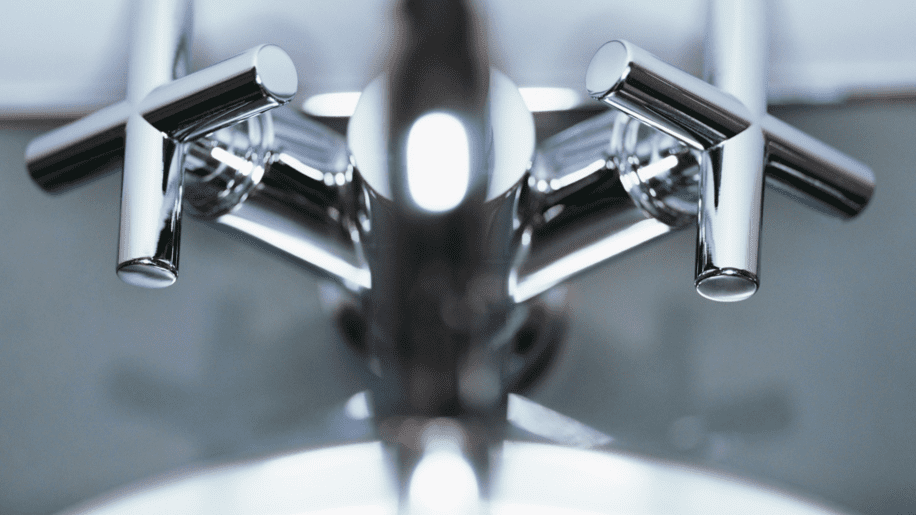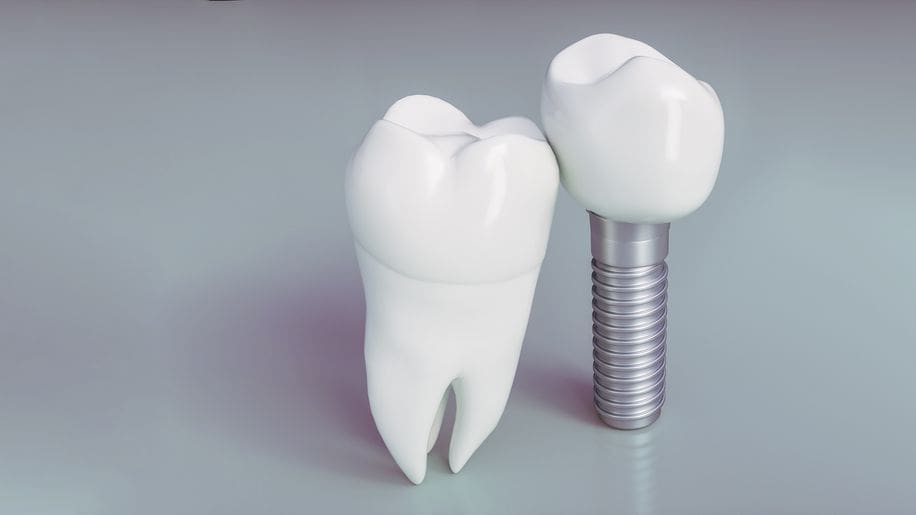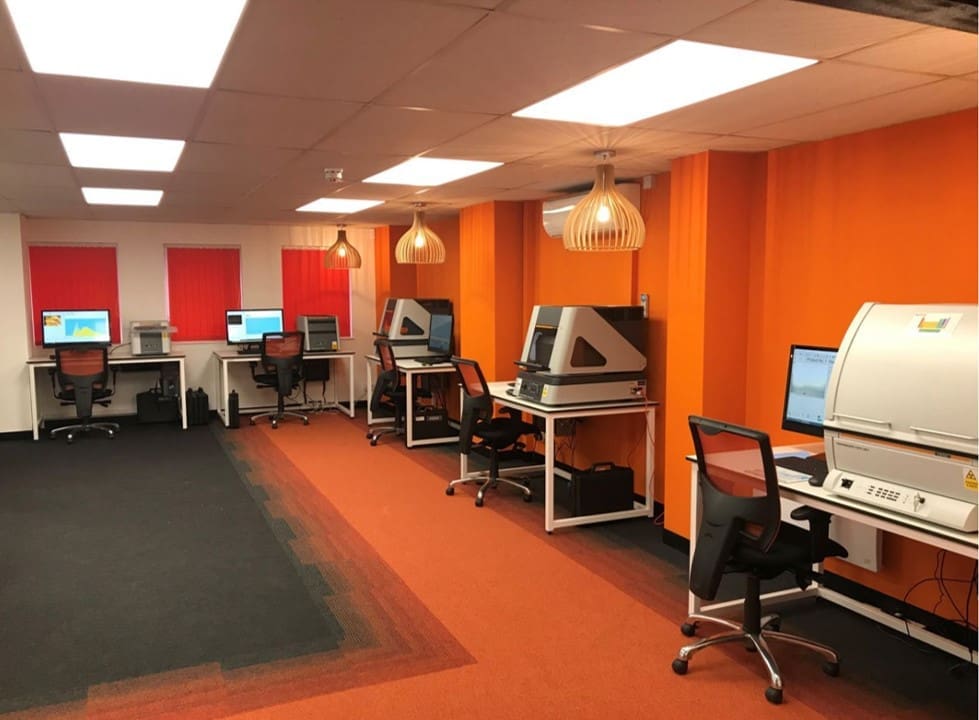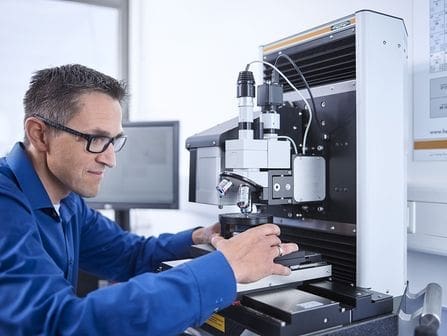Today it is accepted that component parts for machinery are interchangeable without any adjustment. However, this was not always the case. For example, before the 1800’s firearms were made locally – muskets were individually handmade by specialist regional blacksmiths. This meant that parts from one musket were not interchangeable with another. There were no manufacturing standards or tolerance specifications or accurate gauges for checking dimensions.
It was not until later, driven by political and military needs, that techniques were developed to manufacture interchangeable parts for muskets and to inspect and test the parts to ensure uniformity.
Machine component parts are many and varied. Fasteners for example, based on the screw thread principle are common and screw thread history can be traced back to around 400 BC. Essentially, a screw mechanism is so useful because it converts and amplifies rotational movement into linear movement or force utilising mechanical advantage.
The wooden screw was widely used through the centuries for such things as olive oil and juice extraction presses and eventually metal screw fasteners appeared in the 15th century – but the threads were all handmade, different and non-standard. Due to the popularity of screw fasteners, there was always great demand and so it was necessary to speed up the production process. This came in the 1770’s when the screw cutting lathe was invented and production was radically increased by its use. A standard thread design though, was only introduced in the 1840’s by Joseph Whitworth. He standardised the thread pitch and angle and the Whitworth (BSW) thread became the world’s first ever national standard.
With continued industrialisation and the onset of the Industrial Revolution, it was not until the introduction of new machine tools and new machining techniques, that the technology to produce interchangeable parts made modern mass production and process control possible.
Industrialisation, infrastructure, commerce and cultural development drove this standardisation requirement. It extended in parallel to include other contemporary mechanical, communication and scientific needs, for example:
- Units of weight and measurement
- Currency
- Gold standard
- Time
- Railways
These each have interesting histories and they all facilitate economies of scale in manufacturing and promote interoperability between complementary products and services.
Such standardization is a process that, if successful, creates a standard that is both authoritative and trusted. In many cases, the production of trusted knowledge occurs from using precision instruments for exact measurement.
In the early 20th century, the process of mass production evolved in car manufacturing – popularised by the Ford Motor Company, and the automotive and aerospace industries quickly became leading technological marketplaces with more standardisation, quality assurance and statistical process control needs.
The first standards organisation, the BSI was founded as the Engineering Standards Committee in London in 1901 and was followed by other organisations in other countries. These bodies produced standardised specifications, guidelines and codes of practice to enable industry and institutions to collaborate with uniformity.
In post WWII Germany, when the automotive industry was recovering from the war, Mr. Helmut Fischer developed an instrument that could quickly and precisely measure the thickness of paint and chrome coatings.
These coatings were applied to automotive components for protective and decorative purposes. Precise thicknesses needed to be achieved to ensure the correct mechanical and chemical properties of the coated components and to minimise the amount of coating material used. Fischer’s new instrumentation, in conjunction with Fischer calibration standard accessories, made this possible.
Among Fischer’s first customers were Bosch and Daimler and the company Fischer Instrumentation was created. It began supplying measurement solutions to the German automotive industry and grew quickly into a trusted instrument manufacturer and measurement authority wherever accuracy, precision and reliability were required.
With continued globalization, convergence and supply chain demands, Fischer continues today in the same tradition of pioneering, innovating and manufacturing precision instruments for measurement, testing and ensuring compliance to international standards. Across the globe, industry, research institutions and science depend on the accuracy and reliability of this equipment.
The new industrial revolution has now begun, and Fischer shapes technology and innovates new products including automated solutions for precision measurement, process control and calibration standards for manufacturing, R & D and testing industries into the 21st century.
Fischer Instrumentation (GB) Ltd
Measurement Made Easy







